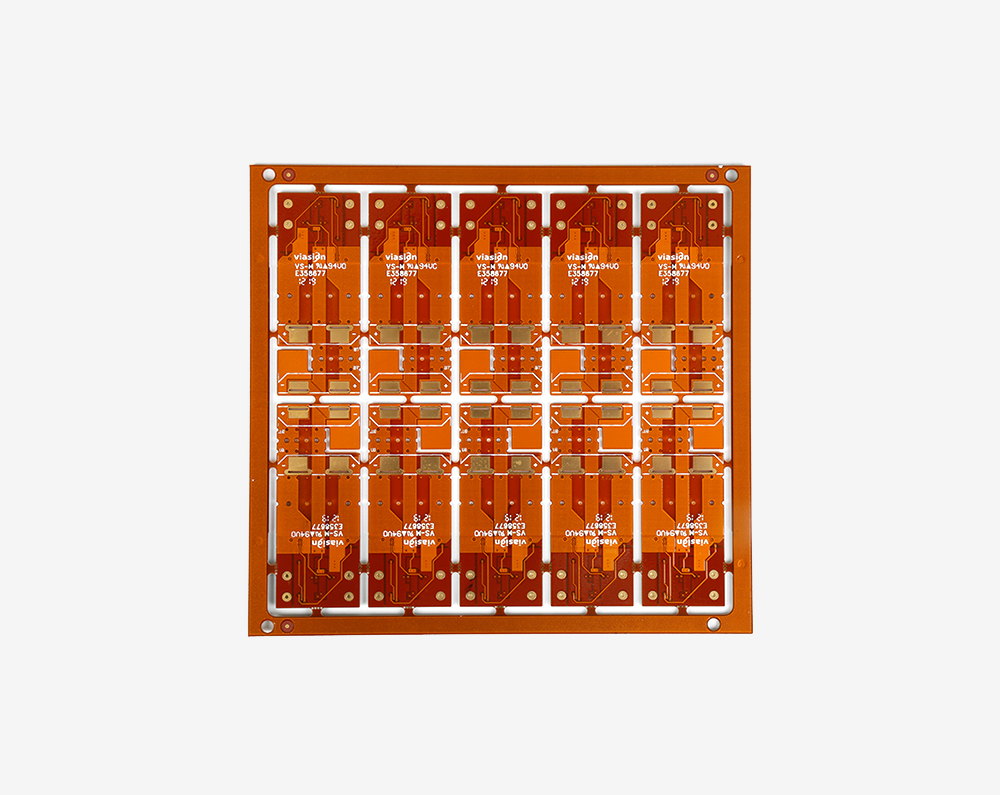Time:2023-07-13Views:
Chemical solvent
The use of chemical solvents is the most commonly used method for removing three -proof lacquer protective film. The key is to remove the chemical properties of the protective film and the chemical properties of specific solvents. In most cases, the solvent does not dissolve the protective film, but let it swell; once the protective film expands, it can easily scrape or wipe it out. For example, for the PCB board with three anti-paint VT-381, when using a cleaning agent to remove the protective film, the solvent will dissolve the protective film. However, be careful when operating. Site.
After removing the components, remove all solvents or protective membrane cleaning agents to prevent them from affecting or dissolving the three anti -paint on the circuit board. The pads must also be cleaned, so that when changing the Singaporean device, it is easy to welded; after the new elements are welded, it is necessary to use a solvent to clean the welded residue. When all the protective membranes on both sides of the circuit board need to be removed, the entire circuit board must be immersed in the chemical solvents. Because the coating of the liquid protection coatings in each place of the circuit board is not consistent -this is due to capillary. The membrane is thicker, and the places where the protective membrane is thin will be separated from the circuit board.

To remove all the protective membrane, the circuit board may be soaked for several hours. Proper heating chemical solvents can reduce the soaking time, but there is also the risk of flammable soaking liquid or their steam.
Micro -grinding
Micro -grinding is a high -speed particle sprayed by the nozzle to "grind" the three -anti -paint protective film on the circuit board. The grinding operation has high requirements for proficiency, and the abrasive cannot enter the soft protective film around the grinding position. Aluminum foil or plastic membrane can be covered with the surrounding area. Because high -speed particles pass through the path of high -speed particles will generate harmful static charge, many micro -grinding systems have antistatic ionizers and have grounds inside the device.
Micro -developed abrasives include grinding walnut shells, glass or plastic beads, sodium bicarbonate powder, etc.
Mechanical method
Mechanical methods are the easiest way to remove the three -anti -paint protective film.
PCB rework tables have a variety of equipment for rework, such as drilling rigs, grinders, rotating brushes, etc. The circuit board is repaired from the protective film around the welded joint of the rework element. The protective film here is often the thickest (≤20mil). You can use a thin blade or a small knife to gently cut a V -shaped groove on the target solder point. Inject the solvent or protective membrane cleaning agent into the scraping V -shaped groove, be careful not to let them flow to other places. Once the protective film of the V -shaped groove is swollen, the others can be unveiled with a mule, and then welded the welding joint. For the edge of the return site, a repair of part of the place where the part is dissolved should be trimmed.

